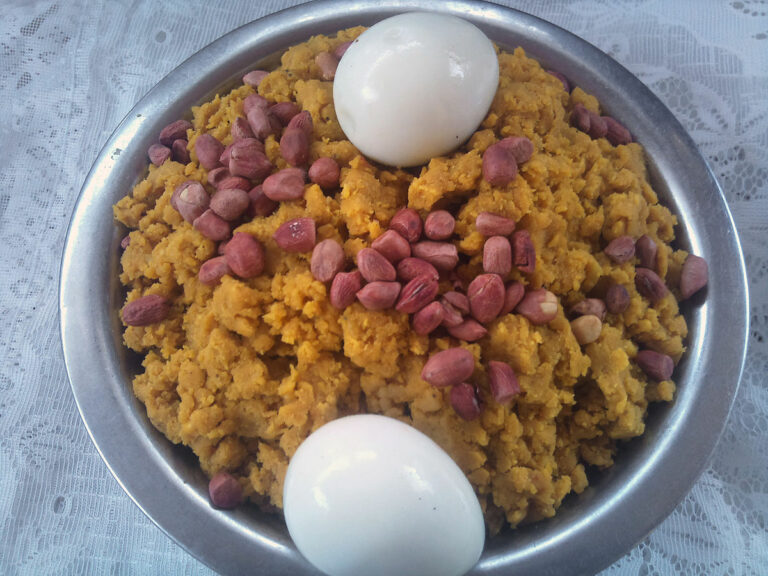Introduction: Ghanaian cuisine overview
Ghanaian cuisine is a reflection of the country’s diverse cultural and traditional influences. It is known for its bold flavors, hearty dishes, and vibrant colors. Ghanaian cuisine comprises a variety of soups, stews, sauces, and dishes made from an array of herbs and spices, which give it a unique taste and aroma.
Characteristics of Ghanaian spices
Ghanaian spices are known for their bold, pungent, and aromatic flavors. They are used to add depth and complexity to dishes, and to complement the natural taste of the ingredients used. Ghanaian spices are available in various forms, including fresh, dried, whole, and ground. The spices are usually homemade, which means that they are freshly ground and blended to achieve the desired flavor and aroma.
Commonly used Ghanaian spices
Some commonly used Ghanaian spices include ginger, garlic, onion, chili pepper, coriander, cumin, and nutmeg. These spices are used in various combinations, depending on the dish being prepared. Ginger is used to add warmth and depth to soups and stews, while garlic is used to add a pungent and savory flavor to dishes. Onion and chili pepper are used to add a sweet and spicy flavor to dishes, and coriander and cumin are used to add a nutty and earthy flavor to dishes. Nutmeg is used in desserts and sweet dishes to add a warm and subtle flavor.
Spicy Ghanaian dishes
Ghanaian cuisine is known for its spicy dishes. Some of the most popular spicy dishes include Jollof rice, Waakye, Banku, and Kenkey. These dishes are typically made with chili peppers, which give them a fiery and bold flavor. The spiciness of the dishes can vary depending on the chef’s preference and the amount of chili pepper used. Some dishes may be mild, while others may be extremely spicy.
Different levels of spiciness in Ghanaian cuisine
Ghanaian cuisine offers a range of spiciness levels, from mild to extremely hot. The level of spiciness can be adjusted based on personal preference. Some people enjoy the heat and prefer their dishes to be spicy, while others prefer milder dishes. The spiciness of the dishes can also depend on the region of the country where the dish is from. For example, dishes from the northern region of Ghana tend to be spicier than those from other regions.
Conclusion: Ghanaian cuisine’s spice factor
Ghanaian cuisine is known for its bold and spicy flavors. The use of herbs and spices is an essential aspect of Ghanaian cooking, and it contributes to the unique taste and aroma of the dishes. Ghanaian cuisine offers a range of spiciness levels, from mild to extremely hot, which can be adjusted based on personal preference. Overall, Ghanaian cuisine’s spice factor adds to its charm, making it a must-try for food lovers who enjoy bold and adventurous flavors.

